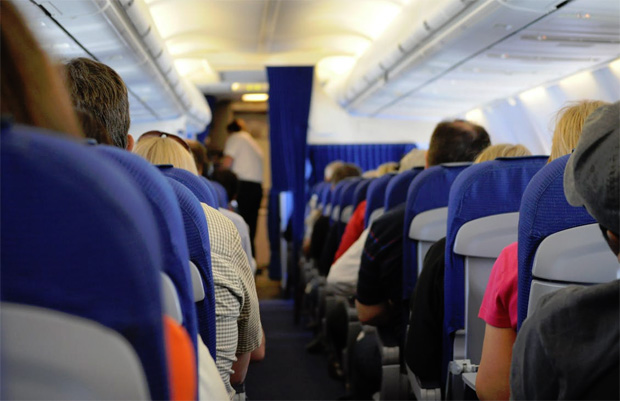Air vs. Land: What’s the Best Way to Travel?

Air vs. Land: What’s the Best Way to Travel?
There are three major modes of transport, which include land, air and water transport. Each of these modes comes along with their own benefits and drawbacks.
Even though there was a time when land transport was the only go-to transport solution, the emergence of modern air players, such as the Emirates, has redefined the concept of traveling. While the ultimate decision revolves around what you value most, we shall provide you with a comparison breakdown of each mode to allow you to make a better judgment. The breakdown revolves around five major and crucial variables.
- Speed
The fastest mode of transport is air transport. Since airplanes achieve greater speeds than buses, trains, and cars, it translates to shorter travel time. However, there is more to speed when in the air; you also must consider the time to and from the terminal and waiting time.
On an average air transport, you are required to report to the airport 60-90 minutes before the flight. This waiting time, plus, say an hour or so, for beating the traffic to the airport translates to about 2 and a half hours, which could be sufficient to make a short trip from New York to Philadelphia.
In summary, flight transport is ideal for those taking a decent-size trip, so that the lost hours on the terminus are negligible, compared to the times saved when traveling.
- Cost
The cost of air travel is relatively cheap if you buy your tickets in well in advance. But, unlike cars, air travel does not have price breaks, meaning that everyone must buy their own tickets and cannot share the cost of fuel. The same case applies to buses and trains.
- Safety
Safety is usually measured by fatalities per mile. Using this perspective, flying is the safer mode of travel than driving. See, if 140 were to take a 3,000-mile flight, the would require a single plane, but they would need 70 cars, assuming each car has 2 people.
From the air transport perspective, that would be a 3,000 mile, but a 21,000 mile from the road perspective. This is because each of the 70 cars travels 3,000 miles, placing the road users 70x more prone to fatalities that the plane occupants.
Though airplanes are considered safer than cars, trains are the safest mode of transport. Since there is no risk of falling from the sky, there are lower fatalities per mile and if a train ran crashed into a car, the people in the train would be better protected.
- Comfort
If comfort is a priority, a train should be your preferred mode of transport. The train offers ample leg room, ample luggage space, freshly prepared meals, no restriction of electronic usage and a “roomette” with two beds at an extra cost. The car comfort lies in the fact that you can make stops wherever you want, while air transport is on the bottom of the list in terms of comfort.
- Environmental Impact
If you’re an environmentalist, air transports should be your least favorite mode. Though planes achieve a respectable 43 mile per gallon, they cause 1.9x greater climate damage per gallon burned by virtue of being in the sky.
From a climate change perspective, a plane’s efficiency is somewhere around 22.9 Pmpg. On the other hand, if you have a decent car, with 23 mpg, it still beats the 22.9 mpg of the plane. And you add an extra occupant, the efficiency of the car shoots to 46P mpg. Buses, which at times can achieve a whopping 125 Pmpg, are the most efficient way to travel.
Each mode of transport has its own set of benefits and drawbacks. Your preferred choice of transport will depend on what you prioritize most: is it cost, comfort, safety or environmental impact?
Guest Article.




